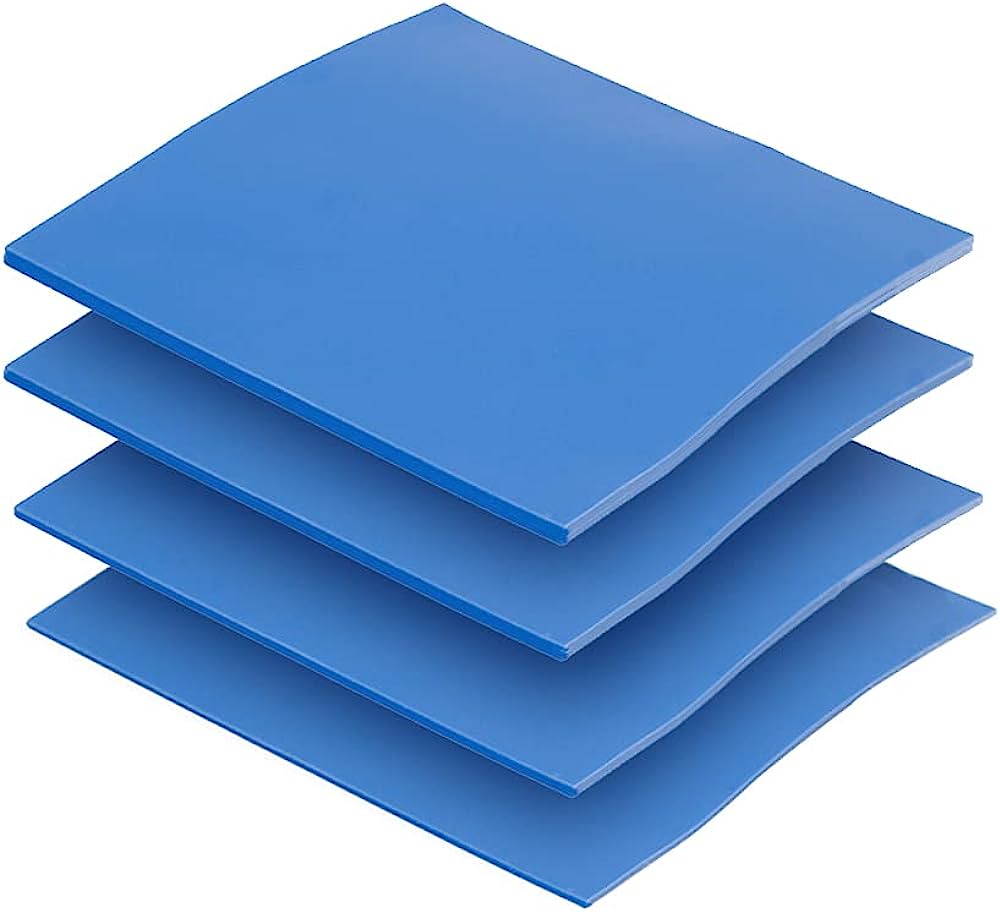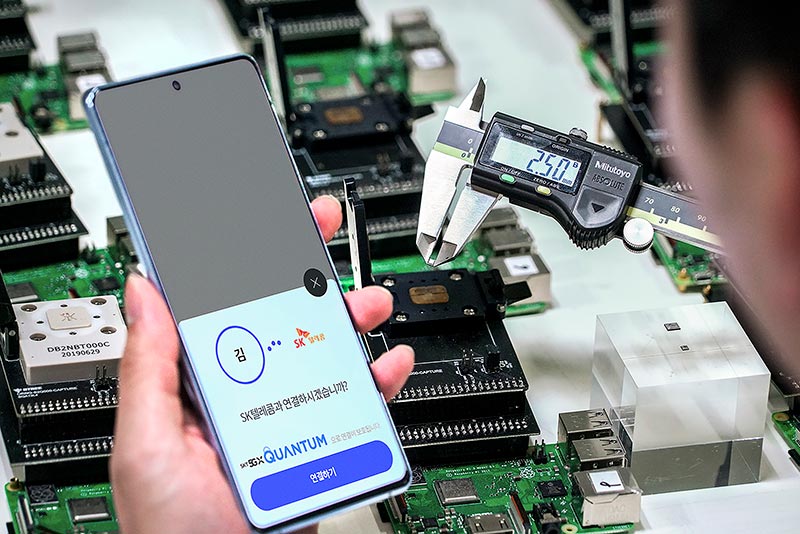When it comes to selecting a power supply for your system, the choice between 80 PLUS Gold and 80 PLUS Platinum can be likened to choosing between two exceptional options. Both Gold and Platinum power supplies offer elevated energy efficiency compared to their lower-grade counterparts, such as 80 PLUS Bronze or Silver. However, the differences between these efficiency levels extend beyond mere numbers, encompassing factors such as energy consumption, heat generation, build quality, pricing and overall performance. In this comprehensive comparison, we’ll delve into the intricacies of Gold and Platinum power supplies to help you make an informed decision tailored to your needs.
Understanding Efficiency Levels
Gold power supplies are renowned for their remarkable efficiency ratings. These power supplies achieve an impressive 87% efficiency at both 20% and 100% load, with a remarkable 90% efficiency at 50% load. To put these numbers into perspective, let’s consider a hypothetical scenario: a system requiring 1000 watts of power. A PSU with 80 PLUS Gold certification would draw approximately 1150 watts from the wall to meet this demand, leaving 150 watts dissipated as heat. Similarly, at 50% load(500 watts), the PSU would draw 555 watts from the wall, with 55 watts converted into heat.
Platinum power supplies elevate efficiency to an even higher plane. With an efficiency of 90% at 20% load, 89% at 100% load and an impressive 92% at 50% load, Platinum power supplies save even more energy. In the example of a system requiring 1000 watts, a Platinum PSU would draw around 1123 watts from the wall, with a mere 123 watts wasted as heat. This elevated efficiency not only contributes to reduced energy consumption but also indicates a higher level of engineering and design.
Factors Beyond Efficiency
While efficiency is a key consideration, other crucial factors come into play when choosing between Gold and Platinum power supplies.
Build Quality
The build quality of a power supply influences it’s overall performance and longevity. Platinum power supplies stand out due to the utilization of superior components, including high-quality capacitors, chokes, rectifiers and MOSFETs. These premium components work harmoniously to minimize electrical ripples and noise, leading to improved stability and reliability. While the difference in build quality between Gold and Platinum power supplies might appear subtle, it underscores the attention to detail and engineering precision that characterize Platinum models.
Heat Generation
A notable distinction between Gold and Platinum power supplies is heat generation. Gold power supplies, due to their relatively higher power wastage, produce a bit more heat compared to their Platinum counterparts. While both types of power supplies incorporate effective cooling mechanisms, the difference in heat generation becomes more relevant in scenarios involving continuous and intensive usage, such as server farms. In such cases, Platinum power supplies excel in reducing heat output, contributing to enhanced system performance and longevity.
Impact on Electricity Bill
The increased efficiency of Platinum power supplies directly translates to potential cost savings on your electricity bill. While the efficiency difference between the two is a mere 2%, this small percentage can accumulate over time and lead to considerable long-term savings. While a single month might not see a significant reduction in costs, considering a year or more, the cumulative effect becomes evident. To illustrate this point, let’s consider the cost comparison between Gold and Platinum power supplies over the course of a year.
Pricing, Warranty and Availability
The decision between Gold and Platinum power supplies also hinges on factors beyond performance. Platinum power supplies typically come with a higher upfront cost due to their enhanced efficiency and superior components. The increased manufacturing complexity and premium materials contribute to this cost difference. However, this additional investment is often offset by a longer warranty period. While Gold power supplies usually offer warranties ranging from 5 to 10 years, Platinum variants often boast warranties exceeding a decade. This longer warranty period provides added assurance and peace of mind.
Availability can also impact your decision
Gold power supplies are produced on a larger scale due to their higher demand, making them more readily available in the market. In contrast, Platinum power supplies might require a bit more effort to source, although this aspect can vary based on your location and the specific models you’re considering.
Making the Decision
Choosing between 80 PLUS Gold and Platinum power supplies ultimately depends on a combination of your budget, intended usage scenarios and performance requirements. For home and office builds, Gold power supplies offer exceptional efficiency and performance that will likely meet your needs. These power supplies strike a balance between cost and efficiency, making them a popular choice for mainstream users.
However, if your activities involve resource-intensive tasks such as mining, rendering, or overclocking, Platinum power supplies provide an extra layer of reliability and efficiency. Additionally, if you’re managing systems in server farms or data centers, where consistent performance and reduced heat generation are paramount, Platinum power supplies are the preferred choice. Their enhanced efficiency can also contribute to reduced carbon footprints over extended periods of use.
Conclusion
In conclusion, whether you opt for an 80 PLUS Gold or Platinum power supply, you’re making a wise investment in the efficiency and stability of your system. The decision should be based on a holistic evaluation of your needs and long-term goals. A well-chosen power supply will not only contribute to a more efficient system but also enhance the overall user experience.
Other Technical Reviews:- Reviews








